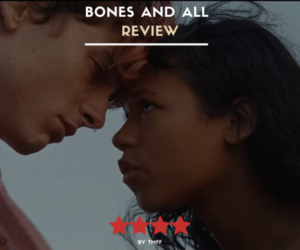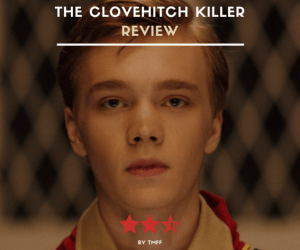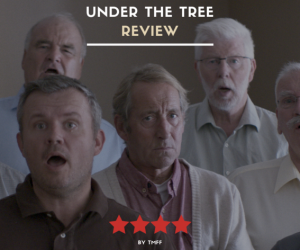Most movie fanatics agree that Martin McDonagh has crafted three worthwhile full-length films throughout his career (In Bruges, Seven Psychopaths, and Three Billboards Outside Ebbing, Missouri), with his fourth and latest being The Banshees of Inisherin. How will the filmmaker live up to his previous success while utilizing two leads from his breakthrough hit with In Bruges? Is it a muddled-up variation of a past film, or is it something entirely different? Thankfully, McDonagh has outdone all of his older work with arguably the best film of the year.
Starring Colin Farrell, Brendan Gleeson, Kerry Condon, and Barry Keoghan, the film follows lifelong friends (Farrell and Gleeson) who find themselves in a predicament when one (Gleeson) abruptly ends their relationship. That straightforward plot may seem challenging to carry out throughout a 114-minute runtime, but its hilarious dark humor, immaculate cinematography, incredible performances, and unique setting keep it chugging along, provoking profound motifs you wouldn’t expect in such a darkly humorous tale.
Dark Humor
If McDonagh is known for anything with his filmmaking, it’s his impeccable ability to deliver absolutely hilarious dark humor. Just like In Bruges, The Banshees of Inisherin will leave you with many laughs thanks to the performances of the four central characters.
Farrell as Pádraic is regarded by those around him as a simple nice man and nothing more. Everyone knows a Pádraic in real life, and as we know, there’s nothing wrong with someone whose biggest attribute in life is their niceness. That question is raised when Colm (Gleeson) suddenly cuts Pádraic out of his life because he finds Pádraic dull and a wasteful friendship that prevents him from focusing on music, which Colm claims will outlive anyone who is just nice.
The deeper question of what lives on after an individual passes is a common saying that what we do with our lives can live for years after we’re gone. This film takes that common trope, but asks what about the people who aren’t artistic—those who aren’t musicians, writers, artists, etc—what happens to their memory? Combine that question with dense and swarthy humor and outstanding side performances from Condon as Pádraic’s sister Siobhán and Keoghan as an odd young lad from the neighborhood Dominic; you have an extremely compelling film.
Constant Symbolism
Though The Banshees of Inisherin’s humor is the driving force behind it, there’s a lot to analyze with the film on a deeper meaning. The pair’s friendship ending alone is a microcosm of the Irish Civil War that’s happening across the water. There’s also the dynamic of the two central characters and their pets. Pádraic’s closest pet (though he has many farm animals he attends to) is his donkey Jenny, while Colm’s is his Border collie.
A donkey symbolizes stubbornness, self-awareness, honesty, simplicity, and integrity, as we see in Pádraic’s character. That same analysis is true with Colm since Border Collies are usually regarded as strong and intelligent with a robust work ethic. That’s just the tip of the deeper symbolism, with there being countless layers to pick apart and analyze.
Take that playful symbolism and plunge lower into more resonant epitomizing with Mrs. McCormick (Sheila Flitton) as a character. Mrs. McCormick is the harbinger of death—despite being regarded by those around her as a nosy old woman—and plays the role of a banshee equivalent (a banshee is a female spirit whose wailing warns of impending death in a house).
More films like The Banshees of Inisherin need to be made today. As much as film fanatics can complain about the current Marvelization of films today, there are still plenty of great films out there; you just need to be aware. Regardless, hopefully, The Banshees of Inisherin will achieve further recognition at the Oscars because there aren’t many films this good.


















